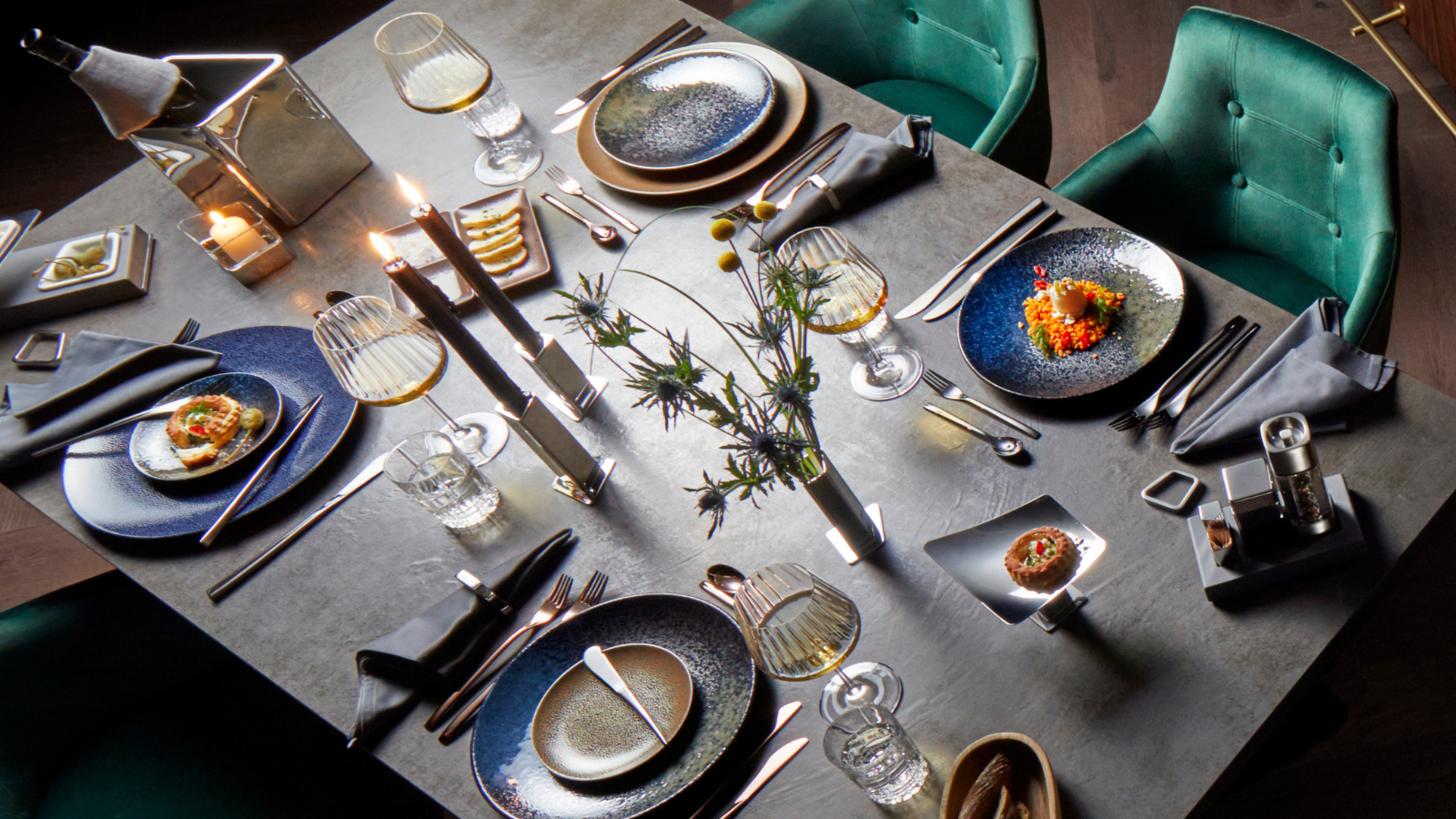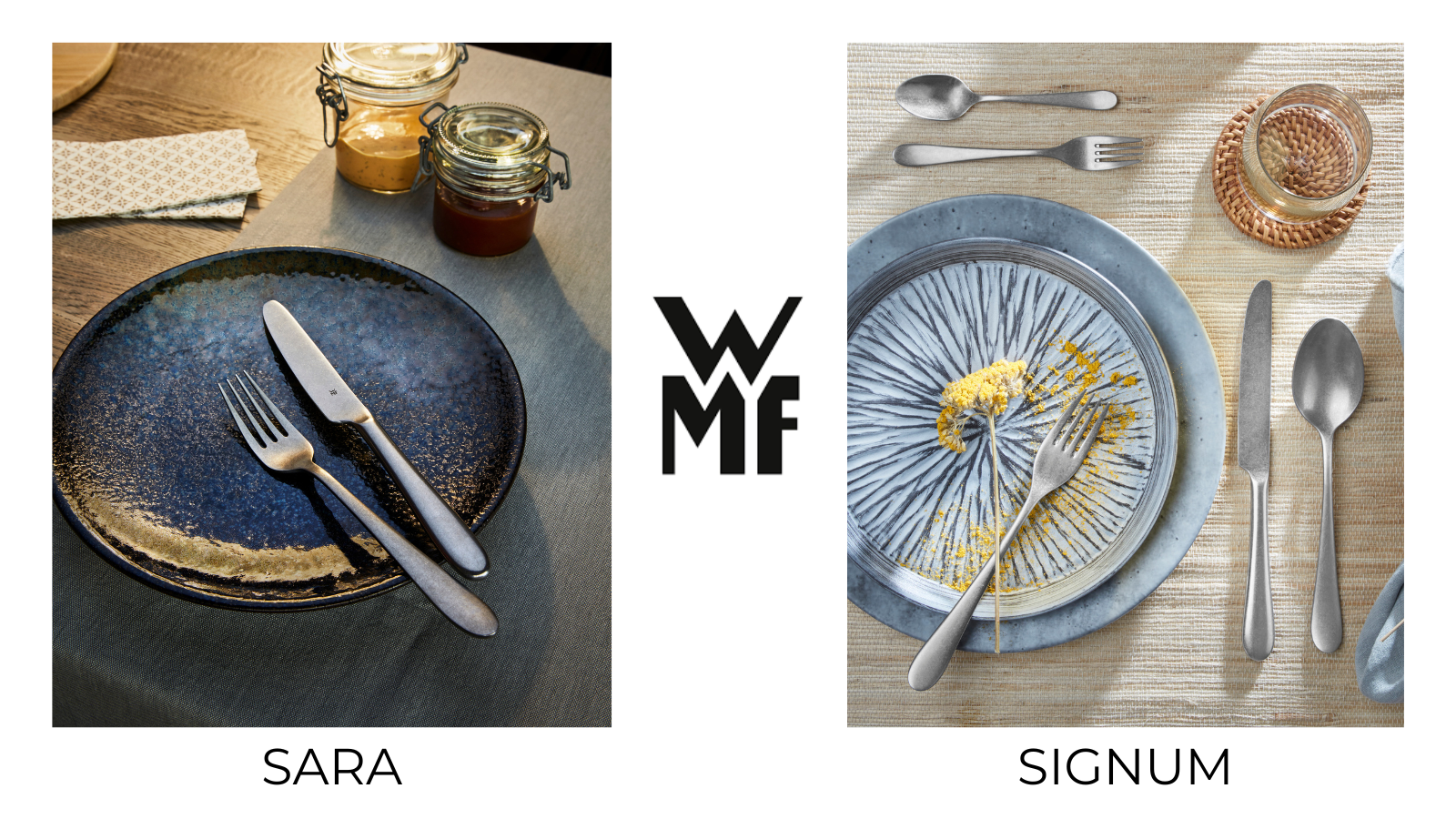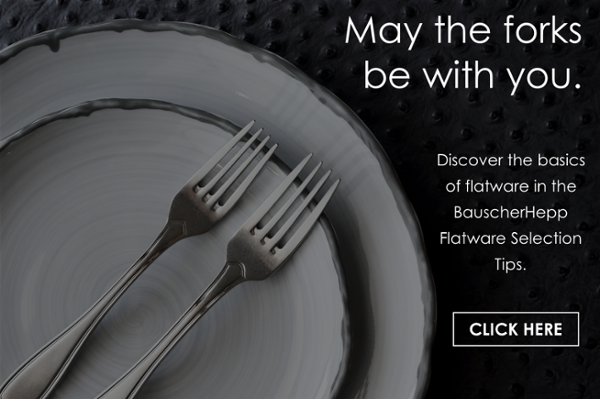
There's no doubt Americans and Europeans do things differently. From the metric system to the fingers we use when counting, we have many idiosyncrasies that comprise our overall cultural canons. But perhaps nothing divides our cultures more than our dining habits.
Let's start by stating the obvious. Americans eat faster than Europeans. We're on the go and often don't take time to enjoy meals, especially those served mid-day. Europeans linger at the table and often eat basic meals over multiple courses. In the U.S., we eat more out of necessity, whereas in Europe, it's traditionally more out of enjoyment. Walk around any major European city and notice the lack of cardboard coffee cups taken to-go, for example. Even coffee -- especially coffee -- garners time to slow down and enjoy it.
But of all the culinary differences of when, how, and sometimes even why we eat, the biggest difference between American dining and European dining styles might be how we use our flatware, though we all might agree that a classic, rustic look is always welcome.
How to Hold a Fork and Knife in the United States
In the United States, diners hold the fork in the left hand and the knife in the right. Once a bite is cut, you place the knife on the plate and switch the fork to the right hand. Essentially, American diners will never place food in their mouths while holding the knife.
It's also uncommon to use a knife to shovel food onto the fork. When a meal is finished, you signal to the wait staff that you are done by placing the fork and knife parallel from the top left corner to the bottom right corner of the plate.
How to Hold a Fork and Knife in Europe
To be honest, European dining styles are more efficient. You hold the fork in your left hand and cut with the knife in your right. The knife does not leave the right hand, meaning all the pauses required by switching hands in the American dining style do not exist in European dining.
In Europe, the fork is typically faced down, and you curve it up to your mouth. It's common to use the knife to shovel food onto the fork, and to signal you are done eating, diners simply place their cutlery down.
What It All Means: How Do American versus European Dining Styles Impact Flatware Production and Selection?
In the days of World War II, dining styles could mean the difference between freedom and captivity. An American spy was famously caught in Germany because he put his knife down and switched to his fork.
Today, though, different dining styles require different types of flatware that are better suited to the nuances of each style. For example, because the knife remains in hand during the entire meal, European-style knives are typically lighter and more comfortable to hold. In the U.S., the idea of a quality knife is quite different, and the perception is that hefty is better, and that weight is good. No matter how heavy the knife, though, it's critical to contribute a pleasing aesthetic to the tabletop, and with Hepp and WMF's wide-ranging collections, choices are abundant.
Is Heavier Better? If you prefer weight, you might want to consider the Signum collection from WMF. This popular collection combines traditional, rounded handles with clear lines to develop a modern appeal without losing the warmth of familiarity. It's smooth, established, and can work in a wide range of interiors, regardless of the operation type.
Is Lighter Better? Maybe you prefer lighter flatware, or are looking to bring a European flair to the tabletop. If so, consider the Sara collection from WMF, which is a new interpretation of a classic design. Wide handles make this flatware extremely comfortable to hold, and its elegant lines will elevate any gastronomical concept.

Even in the United States, though, fine dining and business dinners often lend themselves to European styles. This means operators must consider a range of factors when selecting flatware. Who is the primary customer? What should you look for in a fork or knife? What types of materials should be used, and how should flatware be constructed? And finally, what types of designs will fit best with the overall décor or aesthetic of the operation?
We can help you answer some of these questions.
Learn more about selecting flatware for your operation in the BauscherHepp Flatware Selection Tips, which are available free for download.






